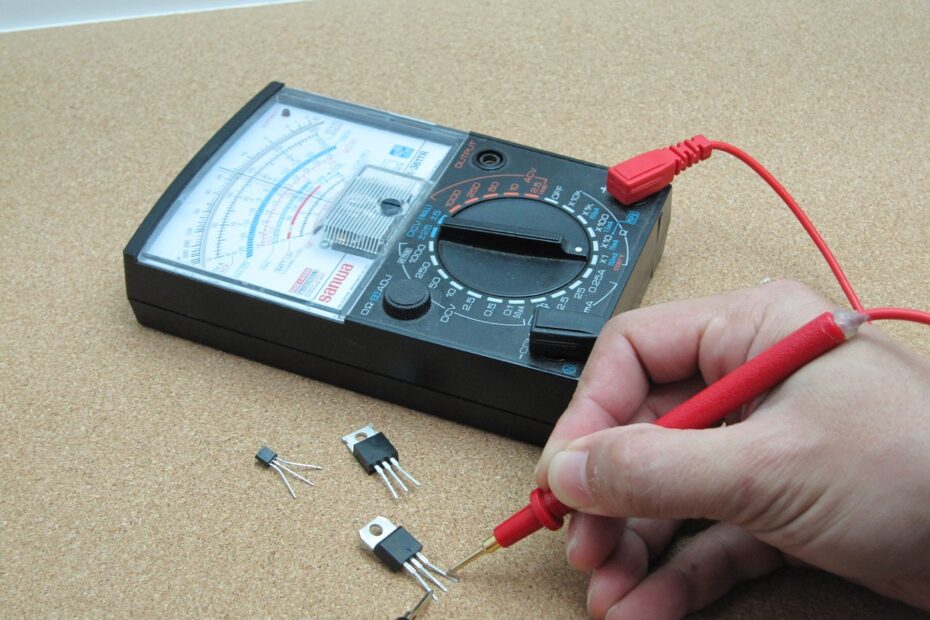Within the dynamic landscape of electronics, components swiftly transition into obsolescence or unavailability, often leaving engineers grappling with the formidable challenge of sourcing suitable alternatives. While the electronic component market is vast and global, it’s not without its unique challenges and nuances. We will explore the common mistakes to avoid when replacing electronic components and discuss whether there are special component catalogs for specific countries, or if global component catalogs share similar technology, references, and standards.
Common mistakes in replacing electronic components
Inadequate research: One of the most common mistakes is insufficient research. Engineers might hastily select a substitute without thoroughly understanding the specifications and requirements of the original component. This can lead to compatibility issues, decreased performance, or even system failure.
Ignoring datasheets: Datasheets are a wealth of information for electronic components. Ignoring or misinterpreting datasheets can result in incorrect connections, voltage and current mismatches, and other compatibility issues.
Not considering environmental factors: Operating conditions such as temperature, humidity, and vibration can vary between components. Failing to account for these environmental factors may result in early failures.
Disregarding lead time and availability: Even when selecting a suitable replacement, you should consider lead times and availability. Some components may have long lead times or limited availability, which can impact project timelines.
Overlooking pin-to-pin compatibility: Replacements with different pin configurations may require extensive redesign, leading to additional costs and delays.
Lack of testing: Not testing the replacement component thoroughly in the actual application can lead to unforeseen issues and failures.
Are there special component catalogs for specific countries?
Electronic components are largely standardized globally in terms of technology, references, and standards. The main reason for this is that electronic devices and systems are used internationally, and having standardized components facilitates global trade and technology adoption. However, some specialized or unique components may cater to specific markets or industries in various countries.
For example, certain components may adhere to regional safety standards or certifications. In Europe, CE marking is significant, while in North America, UL certification is common. Still, these certifications do not necessarily dictate the fundamental technology or specifications of the components but rather ensure they meet safety and regulatory requirements.
In some countries, there might be specific sourcing preferences or regulations for certain industries, which could influence the availability of certain components. Additionally, cultural factors, market demand, or local manufacturing may lead to variations in component availability or selection, but these differences are not typically on a global scale.
Conclusion
Replacing unavailable electronic components is a common challenge in the field of electronics. To do so successfully, engineers must avoid common mistakes, such as inadequate research and failing to consider environmental factors. While there may be some regional preferences and variations in component availability, the global electronic component market is largely standardized in terms of technology, references, and standards. This standardization facilitates the seamless exchange of technology and components across international borders, promoting innovation and collaboration in the field of electronics.
